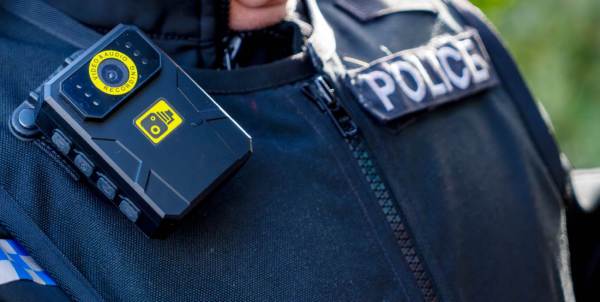Facial recognition is helping Arizona police close criminal cases

As facial recognition software becomes increasingly common in the private sector, law enforcement agencies are also seeing the benefits this technology can bring to solving and preventing crime.
The Arizona Department of Public Safety (DPS) first obtained facial recognition software in 2015, but began using it in 2016 after forming a facial recognition unit.
Now, DPS relies on the software to help identify suspects in ongoing investigations and even collaborates with Arizona’s Department of Transportation (ADOT), which holds a complete database of photos from state driver’s licenses. Police can use the system to verify the identity of suspects captured in photos or video footage collected as evidence.
According to Sgt. Daniel Heltemes, who works in the DPS facial recognition unit, police investigators don’t have direct access to the ADOT database. If a suspect can’t be found through DPS’s mugshot archives, investigators send a request to ADOT, which has its own facial recognition team to process the data.
However, this may change after a recent proposal from DPS to its vendor, Idemia, seeking to incorporate ADOT’s database into the law enforcement’s system.
Civil activists have voiced concerns nationally concerning government use of facial recognition software, but Heltemes noted that DPS has strict protocols and procedures in place to prevent the misuse of the technology and remain in compliance with state statutes.
“We require all of our examiners that use facial recognition to go through facial recognition-based comparison training,” said Heltemes. “They have to be trained on the software, and it has to be done for a law enforcement purpose. It’s treated just like we would any other criminal record or criminal information.”
The future of facial recognition software at DPS looks bright, based on its efficiency and usefulness for the agency so far, Heltemes said.
“I feel that it’s been extremely positive,” said Heltemes. “There have been several cases that would probably still be unsolved if it wasn’t for this technology, and it’s also increased the closing of cases. It’s making that happen a lot quicker.”






